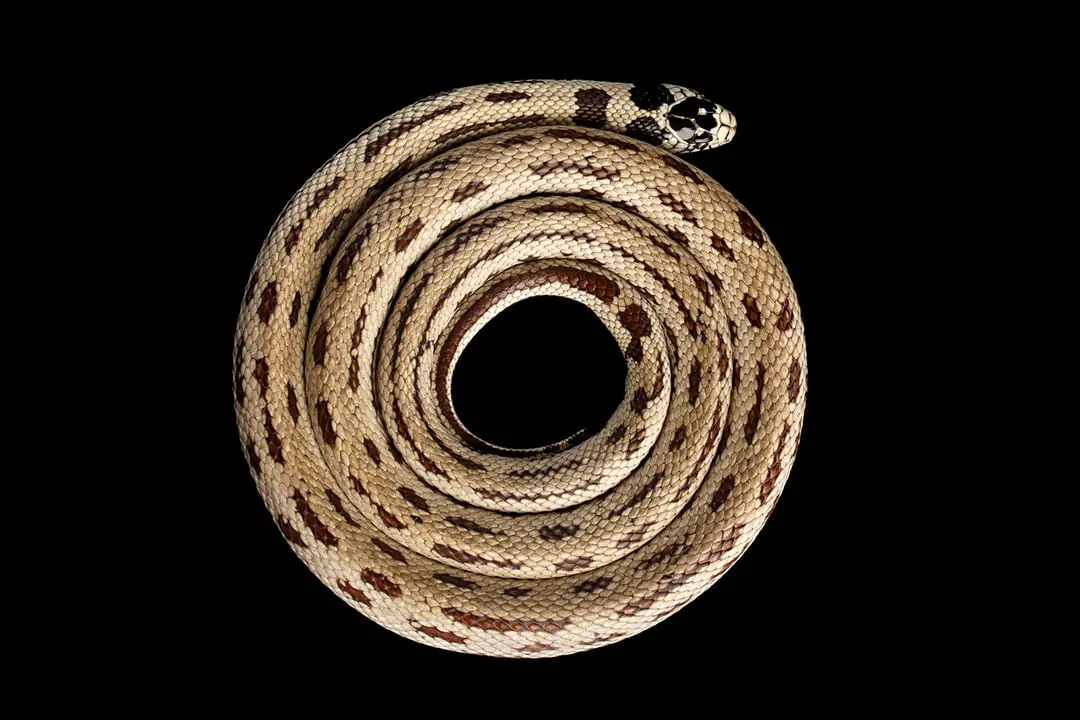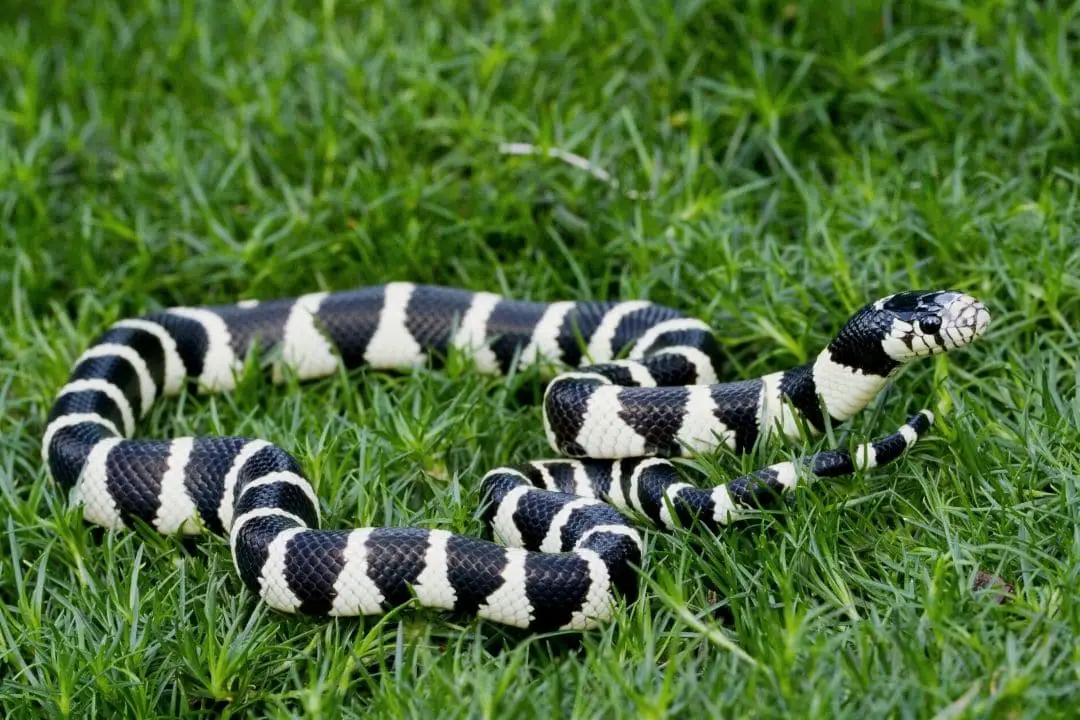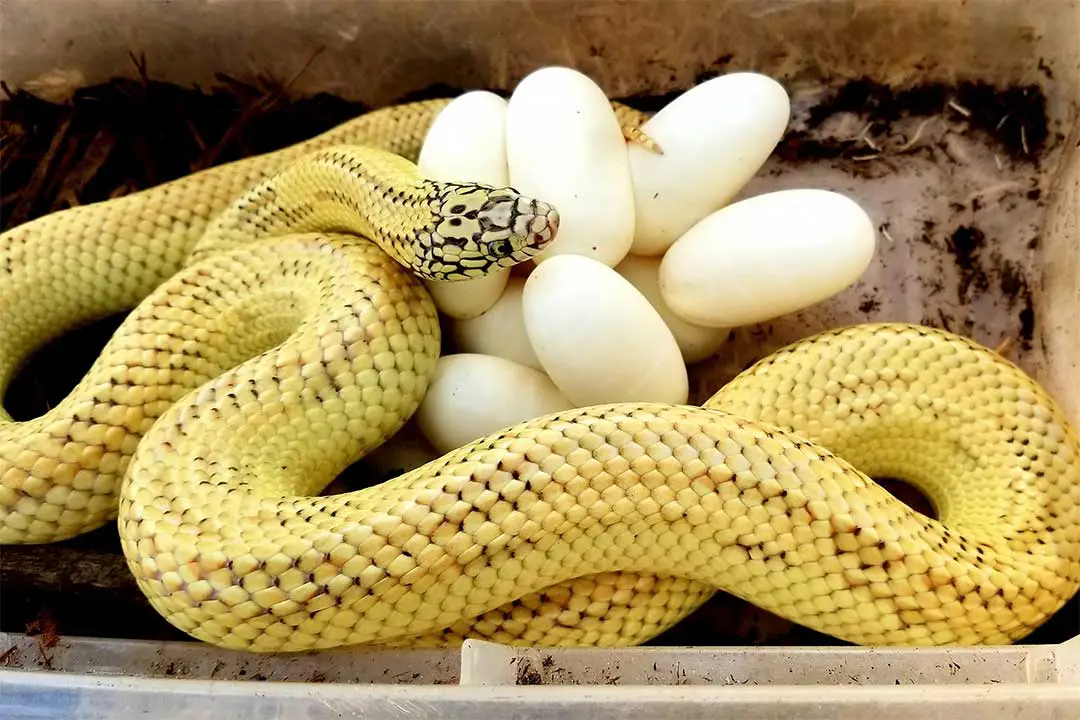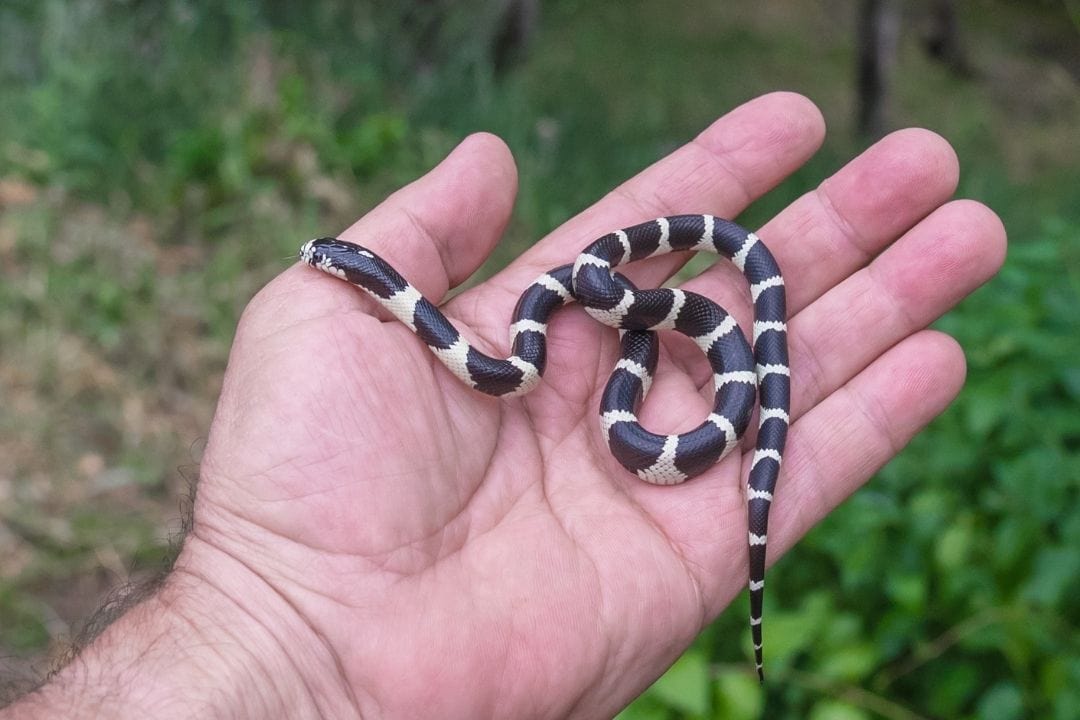One of the big concerns for anyone researching a new potential snake is how large it will get.
After all, you need to know the likely adult size so you can plan how large of an enclosure you will need.
How big can a king snake get?
Kingsnakes are between 1 and 6 feet in adult length depending on the species.
Species of Kingsnake
Kingsnake is the common term for species belonging to the genus Lampropeltis. The name is derived from the fact that nearly all members of the genus will prey upon other snakes.
King snake size depends on the species of the snake. Some like the Scarlet Kingsnake only reach around 20 inches as adults.
Some individuals snakes in species like the California kingsnake have topped out at 6 feet in length.
Most kingsnakes will be between 3 and 4 feet in length.
This means that they tend to be easy to care for since they don’t get very long. You also don’t need a huge enclosure for them, just one as long as their body.
What Size Habitat Does My Kingsnake Need?
Everything you need to know about caring for King Snakes in captivity:
Read our California King Snake Care Sheet (Complete Guide)
If you want to keep a kingsnake as a pet, you will need to have a secure enclosure for them to live in. You can keep hatchlings and juveniles in a smaller enclosure.
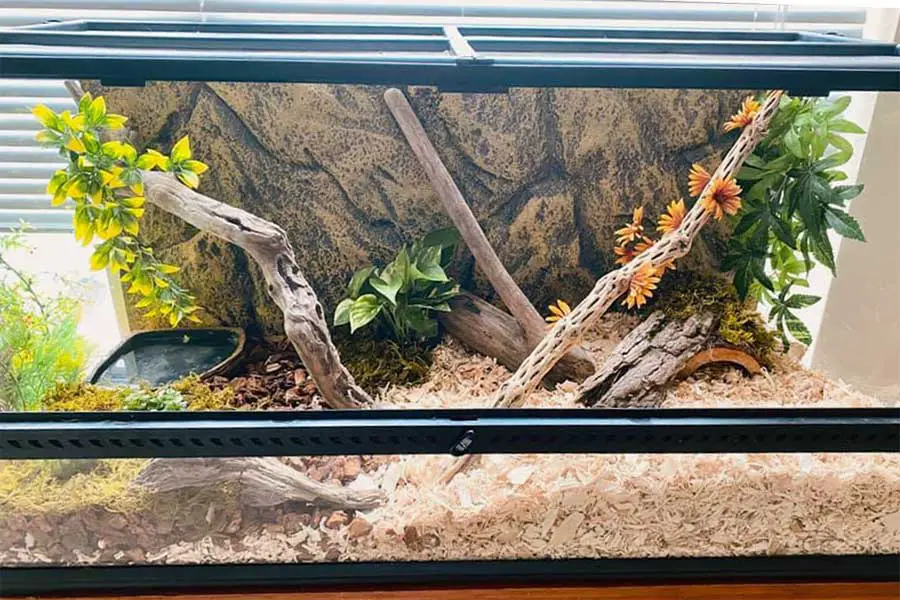
However, if you only want to pay for one enclosure, you can buy an enclosure sized for an adult snake. Just make sure you fill the space and consider feeding your snake in a separate enclosure so it can’t miss any food.
For hatchlings, they can be kept in a plastic shoesbox with holes added. An adult needs a minimum of 20 gallons. You should look for an enclosure that is longer than it is tall. Kingsnakes do typically enjoy climbing, but they don’t need a huge vertical space.
Snakes do need to stretch out fully and get some exercise. Kingsnakes, like most colubrids, are active hunters.
Typical behavior includes hunting, which drives them to cruise around the enclosure. A larger enclosure gives them more space to exhibit natural behaviors like these.
Just remember that you should fill empty space. Kingsnakes are preyed on by birds and mammals as well as larger snakes and even some spiders.
Because of this, they typically prefer to hide or stay under cover. Many colubrids also spend time searching rodent burrows for food. This means any enclosure you select should be able to hold enough substrate for burrowing. You should aim for the longest enclosure your space can handle. You should also try to find an enclosure that opens from the side.
Side opening enclosures allows you to more easily pick up your snake from the side. It also is more secure. A typical aquarium or container that opens from the top can be hard to secure.
Snakes are very strong and will try to force their way out along any gap they can find. You also want good ventilation, since most kingsnakes prefer drier enclosures.
Kingsnake Growth
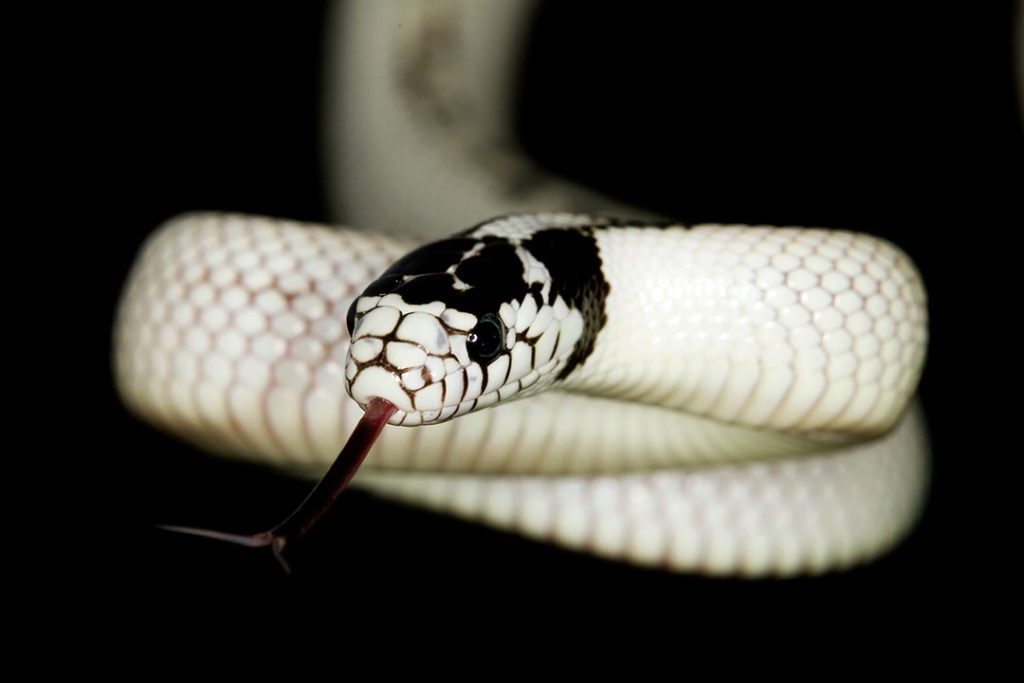
Like most colubrids, kingsnakes reach sexual maturity when they reach a certain size rather than age.
This means that a kingsnake that feeds more often will grow larger and reach sexual maturity faster.
In captivity, this means that you can control the growth rate of your snake.
By keeping temperatures high and feeding slightly larger prey items, your snake will grow more quickly. This can be useful if you are breeding snakes, but in pets all it means is that you can reach adult size faster. Either way, it is important to feed your snake properly.
All snakes need to be weighed regularly to make sure they are growing as juveniles and maintaining weight as adults. Prey size can be calculated by making it 10-15% of the weight of the snake.
If you want your snake to grow faster, lean towards 15%. If you don’t want to do math, you can go by body width. The prey you offer should be the same width as the widest part of your snake’s body.
You can go up to 1.5x without any risk to your snake. Offering larger meals puts your snake at risk of regurgitation. Regurgitation is very stressful for snakes and can kill them.
Picking a Kingsnake Species
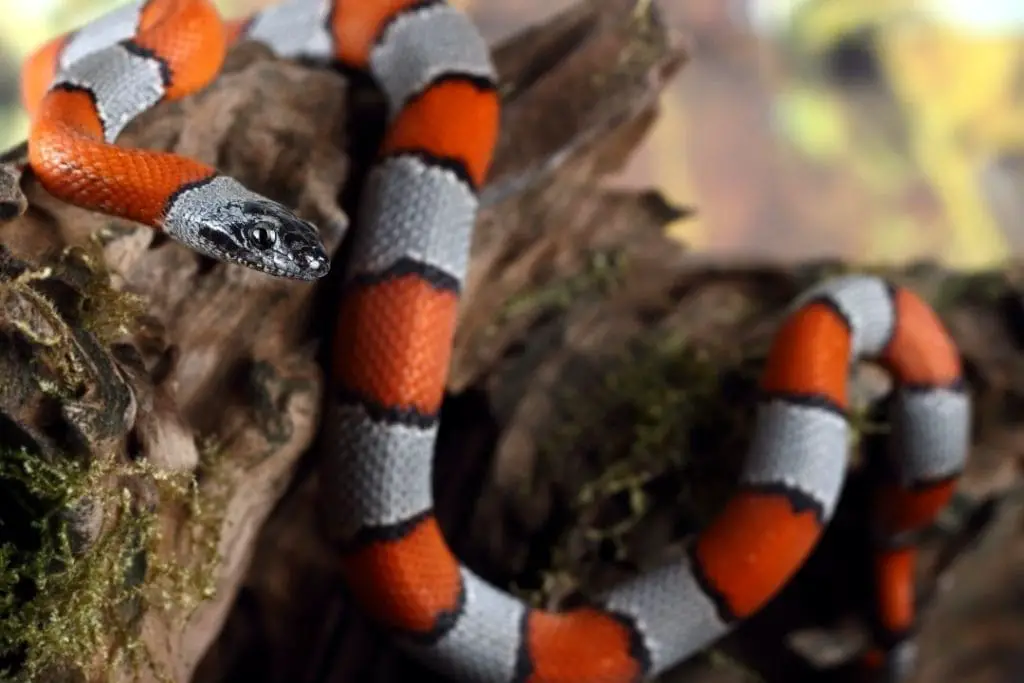
If you want a smaller snake that is easy to handle, most species of kingsnake are a good option.
They tend to stay narrow even as they grow longer. Many common species in the pet trade don’t exceed 4 feet long, and some stay under 3 feet. If you want a smaller kingsnake, you should take a few steps. The first option is to try to select an adult.
This can help by letting you know your snake will not be growing any larger. Adults aren’t very common on the market however. If you are looking at hatchlings, be sure to go to a breeder for your snake and ask questions. Look to see how large the parents are if you can, or ask for the measurements of te snakes.
You can also judge by species. A California kingsnake will be larger than a scarlet kingsnake.
By selecting the right species, you have a better chance of getting a smaller snake. Just remember that you can’t guarantee how large any animal will get. Genetics play a big part in size, and sometimes animals can get larger than their parents.
A well-fed captive snake will likely be larger than a wild animal that has to hunt down every meal it eats.
Summary
In conclusion, the size of a kingsnake depends on the species. Most don’t get over 4 feet, but some species have record-setting individuals that were measured at over 6 feet.
Be sure to do your research on the exact species you want to own and decide from there if you have enough space to care for it properly. If you have a kingsnake, leave a comment down below with the species and the size.
If you have any questions, leave them as well.
